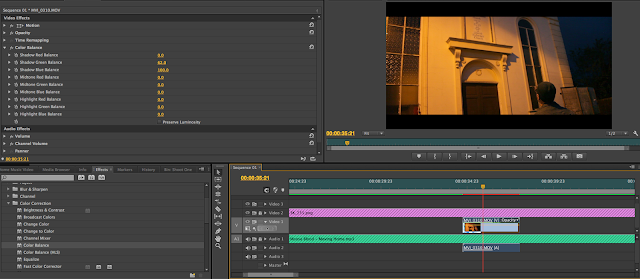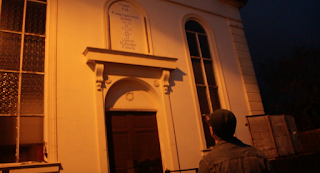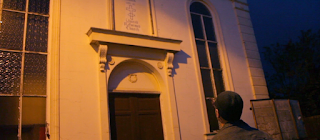After conducting research on the different types of music video, the theories behind music video production and the codes and conventions in music videos, I was given the task of creating my own music video. I knew from the very beginning that I wanted to create a music video based around a song by my personal favourite band, Moose Blood, because whenever I listen to their music I can visualise all these different ideas for videos. The song I eventually decided upon is called 'Moving Home' and features on their first EP with the same name. The video I have created for this is narrative based and shot on location - the narrative follows a young man who has been kicked out of his house and goes on a journey on which he contemplates life and his relationship before returning home to reconcile with his girlfriend.
Planning
First of all, I started by researching the theories that Andrew Goodwin and Carol Vernallis put forward about the production of music videos. This was useful because after conducting this research, I was equipped with ample knowledge and understanding of the different codes and conventions of music videos, the different types of music video and how music videos differ from generic film. I then started to watch existing music videos from artists that I like, analysing them carefully and considering the theories as I went along. This helped me to generate my own ideas for a music video and gave me an idea of how to put the theories into practise.
I then started to collect images from other music videos, films, tv shows, books etc that inspired me or that I thought would fit with my music video/the song I had chosen. I created a visual mood board with all of the images I found, and created a colour palette below that which made me think about the colours I wanted to incorporate in order to get the message behind the lyrics across. After this, I had a basic outline for a narrative for my video and I discussed this with the rest of the class in a focus group. I gained plenty more ideas from this focus group, and eventually came up with a narrative that I was content with
What Went Well
I am relatively pleased with the outcome of the video and I am very happy with the amount of different shot types, camera angles and camera movements that I made use of. I think that the clips compliment each other well, as well as complimenting the song and the lyrics. The narrative is quite clear and has a distinct beginning, middle and end which makes the video more understandable for the audience, and I am happy with how I edited the clips in time with the music and used jump-cuts (which I had learned about in a previous unit, when researching the French New Wave). I successfully conducted 4 different shoots and the footage improved each time as I considered what went well and what didn't go well on each previous shoot and made a conscious decision to make the footage better in the shoot I was working on at the time.



Improvements
There are a few things that I would improve if I were to shoot the video again, for example: I would ensure that all of my footage is filmed at the same time of day/night and on days where the weather is the same so that all of the footage is consistent in lighting, tone etc. This was something that I struggled with because my last shoot was on a day that was considerably more sunny than the other days on which I filmed. I attempted to correct this in post-production and this did improve the look, however it would have been more effective to just completely re-shoot. I would also ensure that on each shoot, Jordan was wearing the exact same clothing so that the continuity of the video flows, because in the last scene or so of the video, he was wearing a different shirt.
























